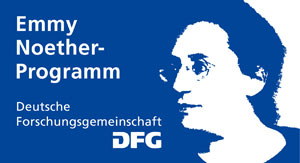Casimir-Polder Interaction Between two Atoms
Researchers:
P. Barcellona, S. Y. Buhmann
Casimir and Casimir–Polder forces are electromagnetic interactions between neutral macroscopic bodies and/or molecules due to the quantum fluctuations of the electromagnetic field.
The fluctuation-dissipation theorem relates the fluctuations of atomic and field variables with their dissipative character. A central piece of the puzzle seems to be the question how the Casimir effect depends on dissipation.
We are performing a dynamical calculation which will lead to an precise prediction of how the Casimir–Polder force depends on finite line widths.
Specifically, we will show that the Casimir-Polder interaction between two atoms in thermal equilibrium is not significantly affected by atomic dissipation in the form of radiative damping.
The influence of damping is even more prominent in the closely related Casimir–Polder force between a ground-state atom and an excited atom. This interaction at larger separations has been object of controversies. In a first group of works, it was predicted that the magnitude of the retarded potential oscillates as a function of interatomic distance. In a later group of publications it was claimed that the retarded potential is non-oscillatory. We show that a correct accounting for damping is crucial for deciding the oscillatory or monotonic behaviour of the retarded interaction for excited atoms.



